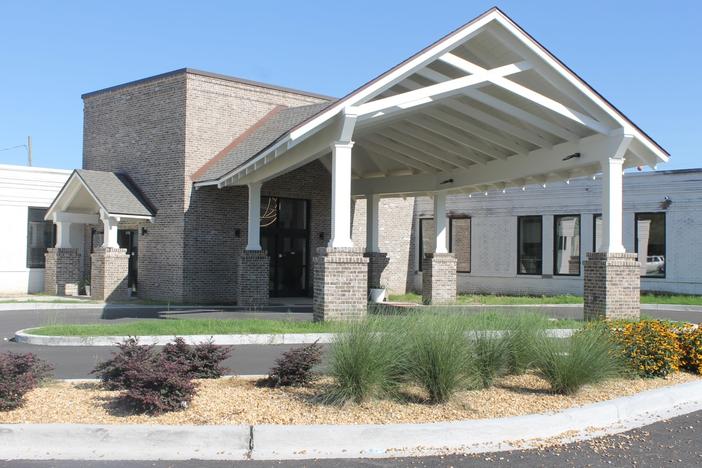
Section Branding
Header Content
Report that includes Georgia shows new factors to consider in hospital financial risk
Primary Content

A recent publication out of the University of North Carolina lists Georgia as one of the states with the most hospitals at high financial risk.
A hospital’s size, types of care offered, profitability and ownership status, among other things, are all metrics in the updated hospital financial distress index which considers the possibility of financial risk in the short term.
It’s more of a screening tool than a predictor of hospital closure.
“If anything, we want to be conservative,” said Tyler Malone, research investigator at the North Carolina Rural Health Research Program. “It can be a useful marker that we can look at and say, 'OK, so these hospitals are ones that we should keep a closer eye on.'”
Rather than creating a definitive list of doomed health care facilities, Malone says the index is a way to consider what factors may be more or less associated with risk.
For example, Malone said there’s “some evidence” that for-profit hospital ownership can cause financial risk — 23% of the highest-risk hospitals in the study are for-profit owned. For-profit hospitals rely on insurance reimbursements and fees for care, unlike non-profit hospital systems that get billions in tax breaks to provide charity care.
Still, even without definitive conclusions, certain patterns are consistent year after year.
“We do see that clustering, of highest relative risk hospitals, down South,” said Malone.
More hospitals in the South are in economically depressed areas compared to other parts of the country, meaning a higher likelihood of patients coming in who are underinsured or uninsured.
There are also new changes that affect hospital financials, such as a decrease in federal pandemic-era assistance.
“The rate of hospital closures during the peak of COVID was actually lower than the years leading up to COVID,” said Malone. “We do have this worry that potentially that closure rate could go back to what it was.”
Other changes include a rise in people covered by Medicare plans and a dip in uncompensated care, as some states adopt Medicaid expansion.
Of the 72 highest-risk hospitals in the U.S. — almost all of which are rural — Georgia has four. But more have been reported to be operating with extensive debt.
“We have 37 hospitals in rural areas; most all are in the red,” said Monty Veazy with the Georgia Association of Community Hospitals. “And you have to look at the bad debt that many are carrying on the books.”
For example, bad debt from out-of-pocket costs to treat uninsured patients.
A report from February out of healthcare consulting company Chartis also looks at hospitals “in the red” — or those operating with costs beyond their profit means. That study estimates Georgia has 18 hospitals at risk of closure.
Veazy said these hospitals largely rely on tax credit programs that match taxpayer contributions to rural hospitals. Georgia’s program brought in almost $75 million last fiscal year to be distributed across 54 hospitals, which the Georgia Department of Community Health ranks based on financial need to cover uncompensated care, debt and other “challenging” costs.
Secondary Content
Bottom Content




